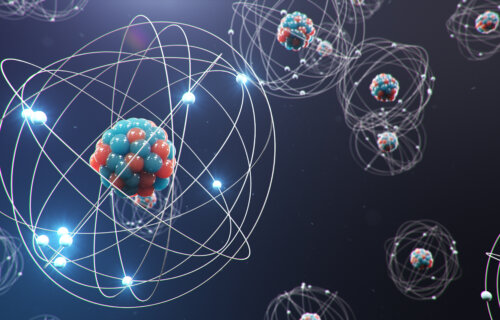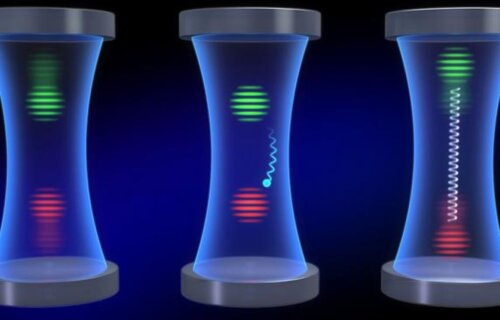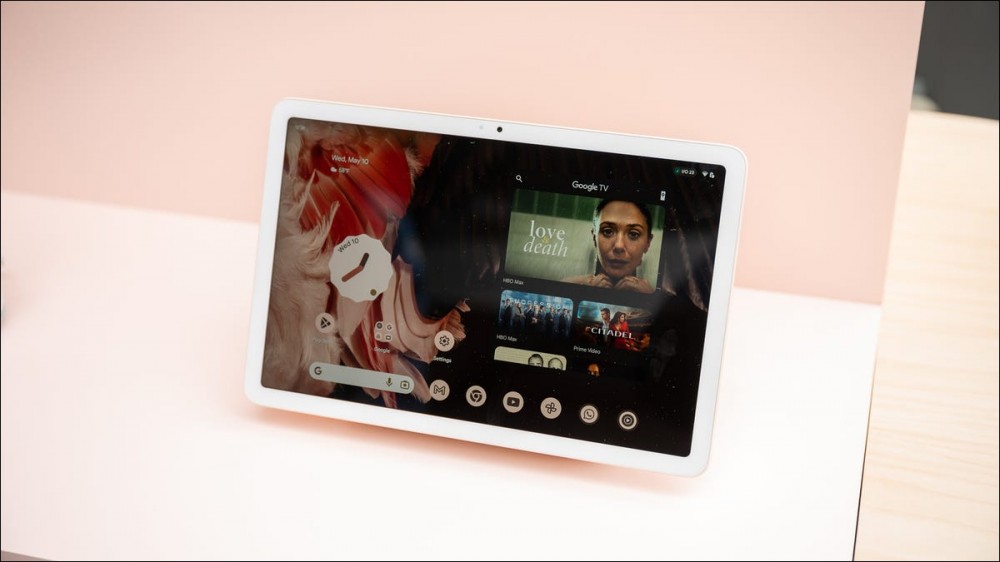

Google revealed the Pixel Tablet last year, promising it would arrive sometime in 2023 as a competitor against Apple’s iPad lineup and Samsung’s Galaxy Tab series. Today, the company finally revealed more details.
The Pixel Tablet is the first Android tablet to come out of Google since the Pixel C in 2015 — the only attempt after that was the short-lived Pixel Slate, which used ChromeOS instead of Android. This time around, Google went with a 10.95-inch LCD screen, with a resolution of 2560 x 1600. There’s an 8MP front-facing camera, and another 8 MP camera on the back. For connectivity, you get Wi-Fi 6E, Bluetooth 5.2, and a USB 3.2 Gen 1 USB Type-C port. Not bad at all.
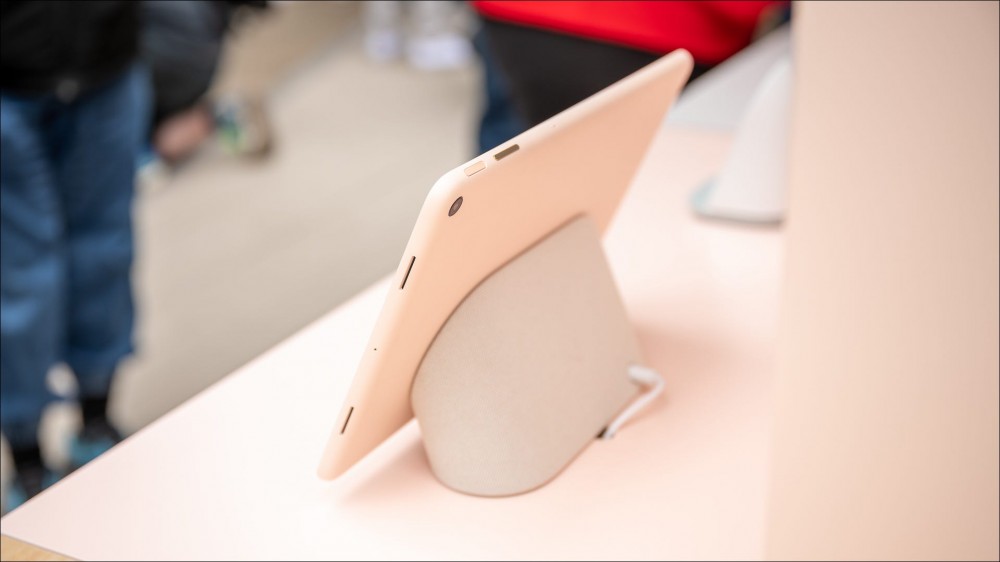
Google is using its own Tensor G2 SoC in the Pixel Tablet, which is the same chipset used in the Pixel 7 and Pixel 7 Pro. That should give the tablet decent performance — we had no complaints about the speed of the Pixel 7 series in our reviews. The screen of the Pixel Tablet is larger with more pixels to power, but the Tensor G2 should still hold up. The rest of the internal hardware includes 128-256 GB storage, 8 GB RAM, a side-mounted fingerprint sensor, and a 27 Wh battery.
Google is also positioning the Pixel Tablet as sort of an upscale smart display, with the use of a dock accessory. When you attach the tablet to the dock (it uses magnets), your tablet remains charged, and audio comes out of the dock’s more powerful speakers. The tablet can also switch into a photo frame mode, and it will listen for Google Assistant commands.
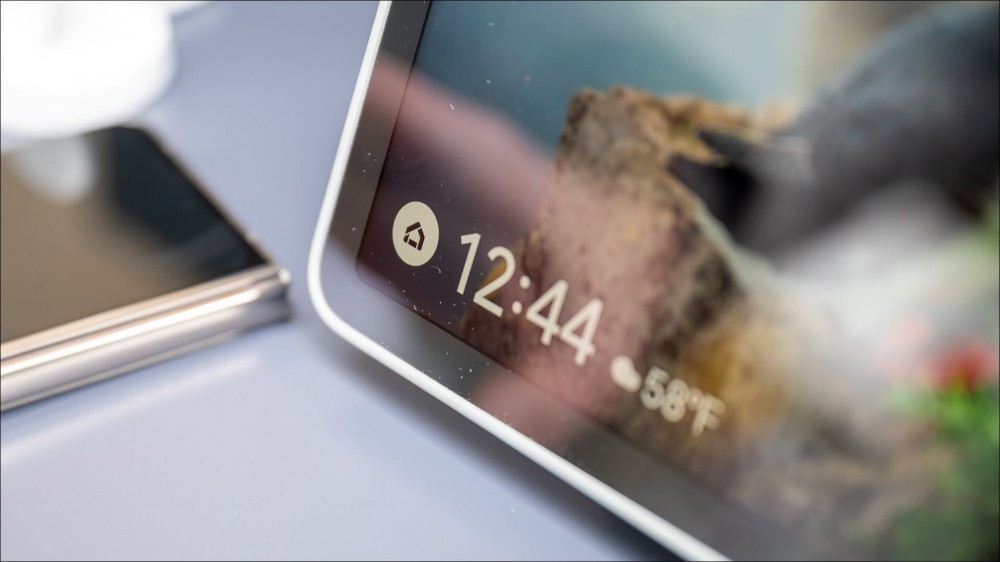
The Pixel Tablet will be released next month, at a starting price of $499 — nearly twice the price of the 10.2-inch iPad. Google will also include the dock in the box, which is nice. You can pre-order it from the Google Store.
Source: Google






